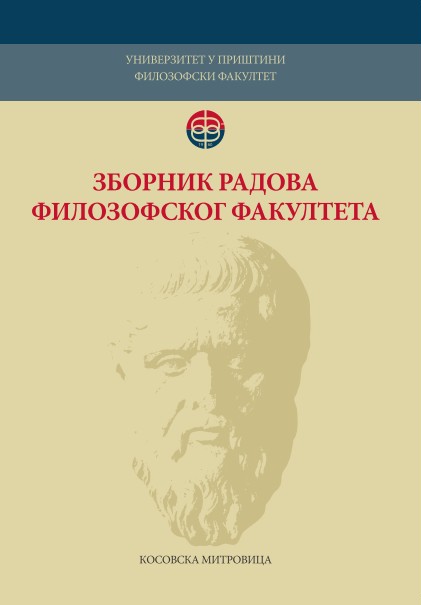Структура и детерминанте става према једнородитељству код жена
Structure and determinants by the equality in women
Author(s): Senka Kostić, Olivera RadovićSubject(s): Psychology
Published by: Филозофски факултет, Универзитет у Приштини
Keywords: partner attachment; single parenthood; women's attitudes
Summary/Abstract: The theoretical basis of this work is the assumption of partner attachment. In fact, this theory assumes that is possible to identify four types of attachment through the level of manifested anxiety and the level of manifested propensity of avoidance, which are: secure, avoidant, fearful, and preoccupied pattern of partnerships attachment. Since these models are different regarding the ways of functioning in partners' relationships, the main aim of this research is to examine if there is a possibility to predict attitude towards single parenthood (the necessity of father as a parental figure, single mother's position in society, and motherhood as a purpose (value)) based on the knowledge of the level of anxiety and avoidance level in the domain of partners attachment as well as some socio-demographic characteristics of women (age, whether or not women have children, whether or not are employed). Further, we were interested if there was such dominant form of partners attachment among sample and which was it. The research was conducted on a sample of 96 women, aged between 24 and 56. We used Close Relationship Questionnaire (Bartholomev & Shaver, 1998) as well as an attitude scale toward single parenthood that is constructed for the purposes of this research and which consists of three dimensions: the necessity of father as parental figure (α=0,75), single mother's position in society (α=0,56), and motherhood as a purpose (value) (α=0,67). Among the most tested women there are those who are characterized with avoidance pattern of partner attachment (35,4%), and the least those woman with a preoccupied pattern of partner attachment (16%). The results showed that we can predict the attitude towards the necessity of the father as a parental figure when we know some sociodemographic variables, we can explain 17.3% of this variance; significant single contributions have variable material status and age of respondents. Also, the predictive power of the model is enhanced by adding the degree of expressed anxiety and tendency to avoidance (R2 = 0.27). The results further shown that the prediction of attitude towards the perception of the social status of single mothers when we know some socio-demographic variables is possible with the subsequent inclusion of the degree of manifestation of anxiety and tendency to avoidance (R2 = 0.29); but also that there is no statistically justified possibility of prediction of the attitude towards motherhood as a goal based on some socio-demographic variables and the degree of expressed anxiety and tendency to avoidance. The results partly agree with previous studies. Maybe one of the reasons lies in the cultural context which pressures a woman to first be realized as a wife and mother, and then as an individual (which includes education, career, etc).
Journal: Зборник радова Филозофског факултета у Приштини
- Issue Year: 48/2018
- Issue No: 2
- Page Range: 23-48
- Page Count: 26
- Language: Serbian

